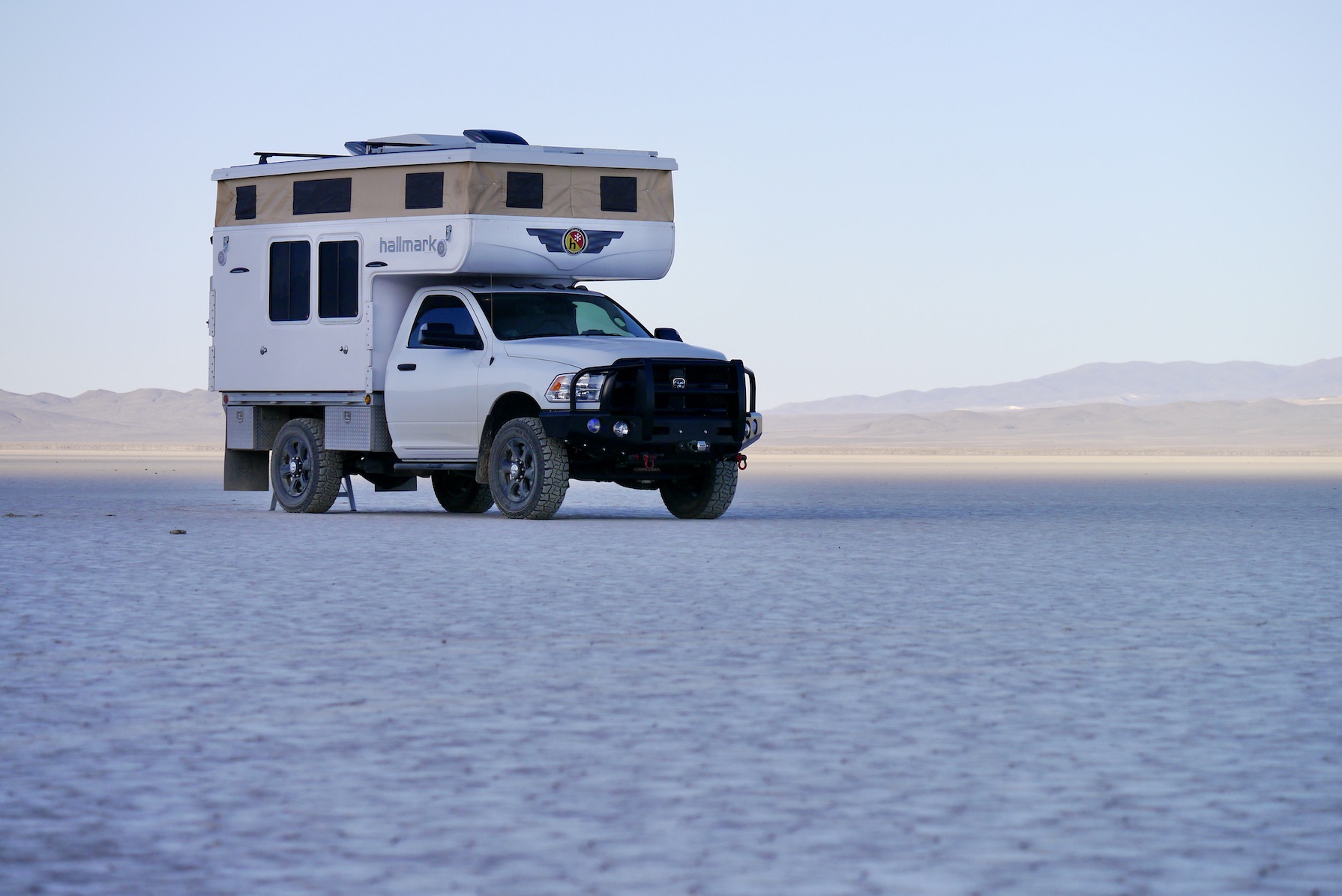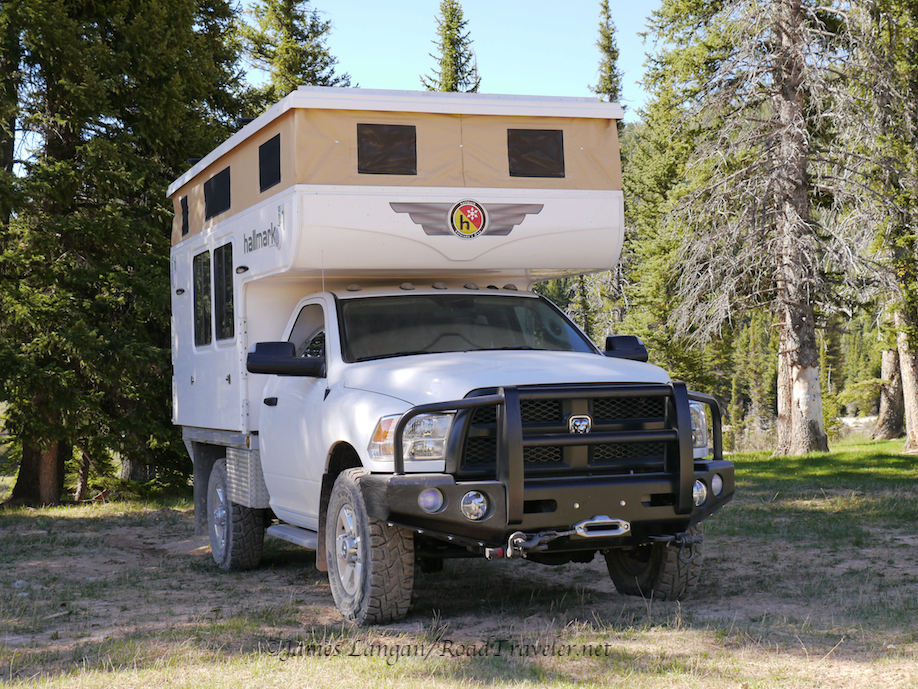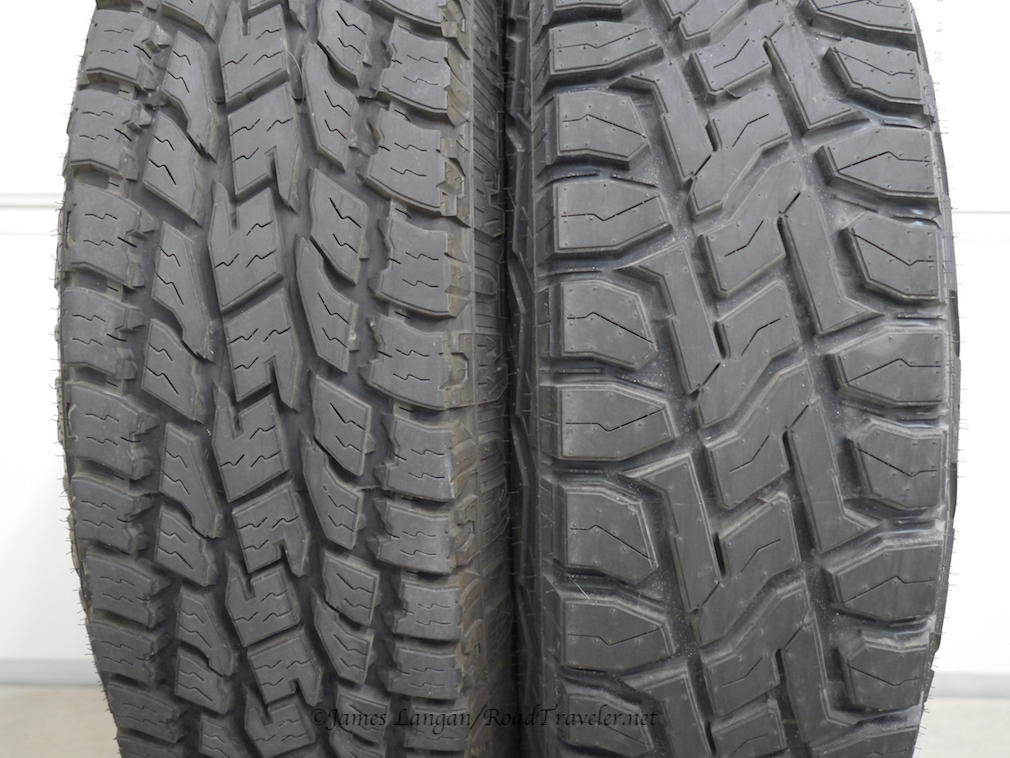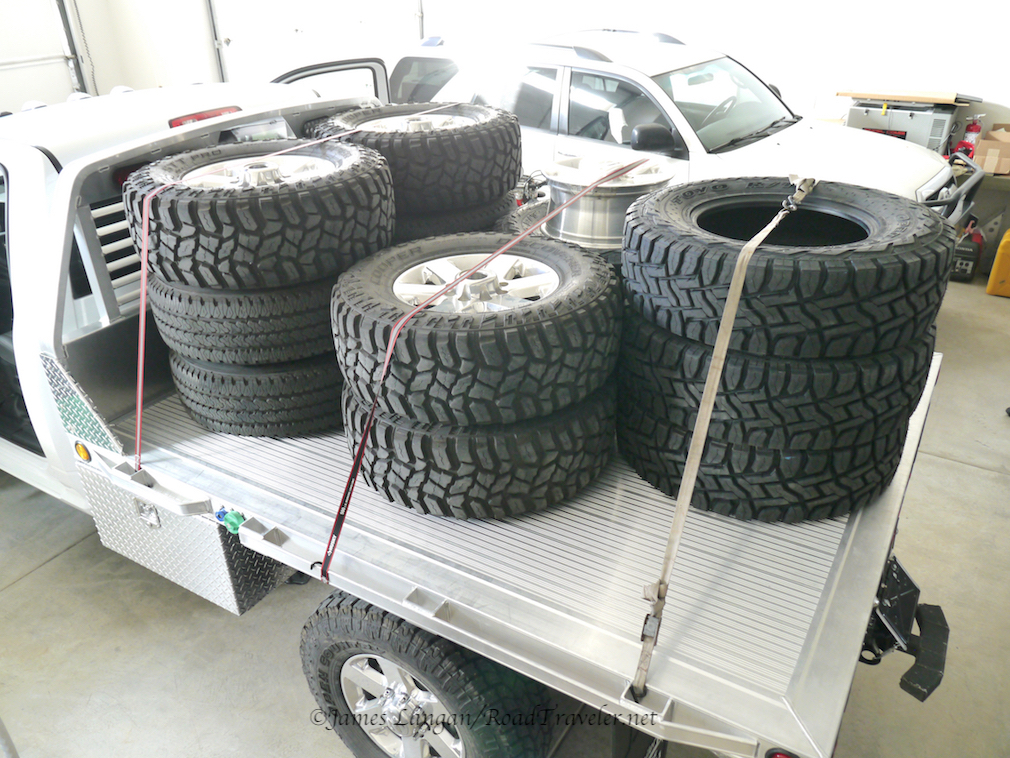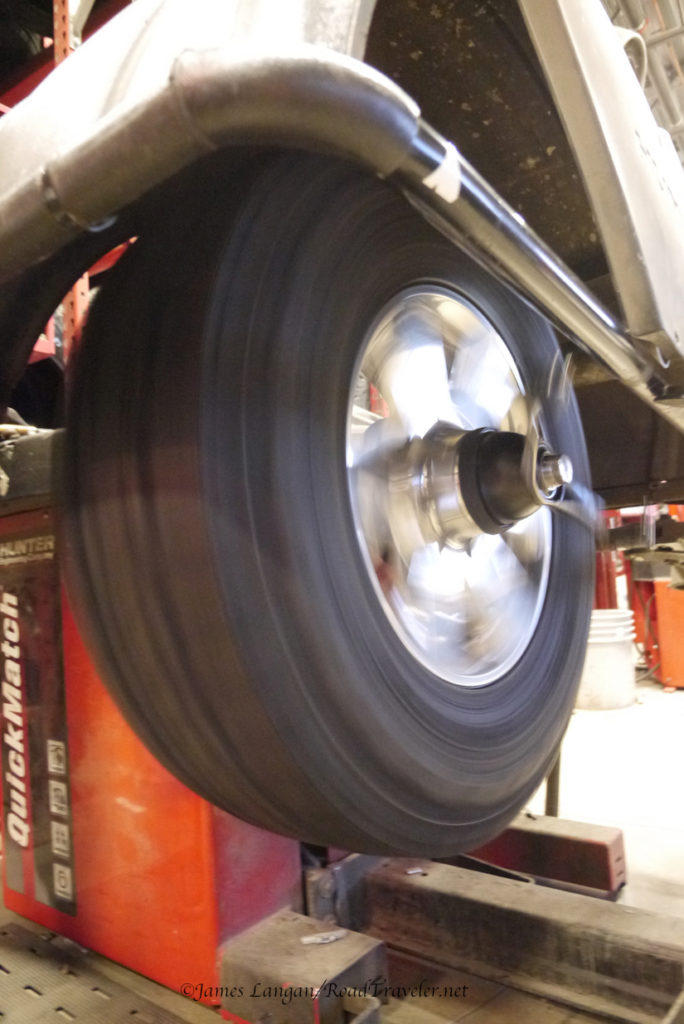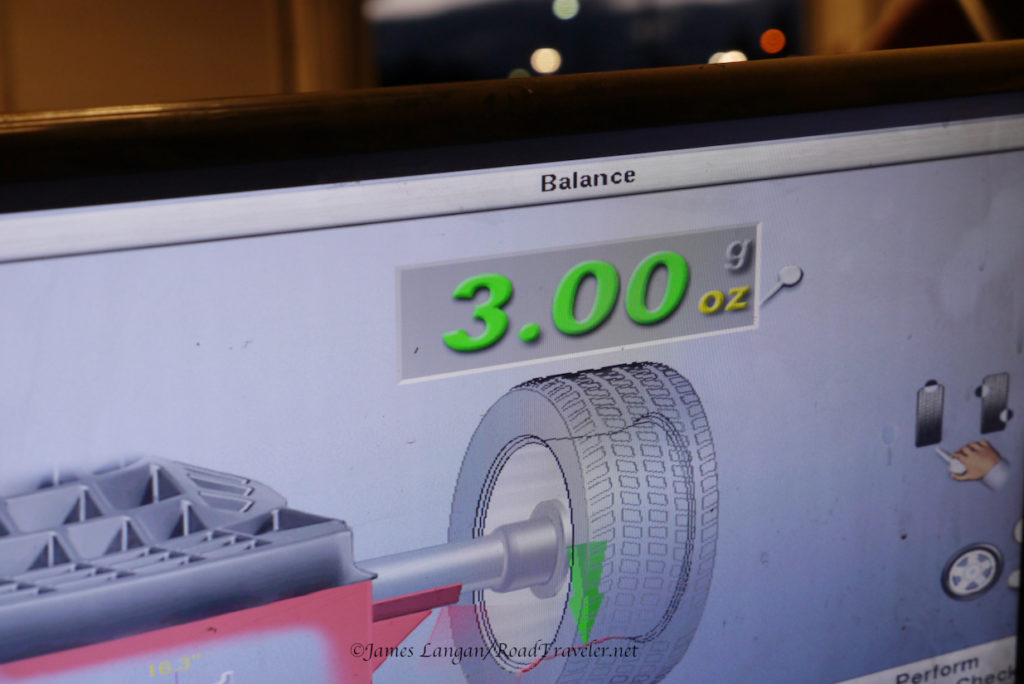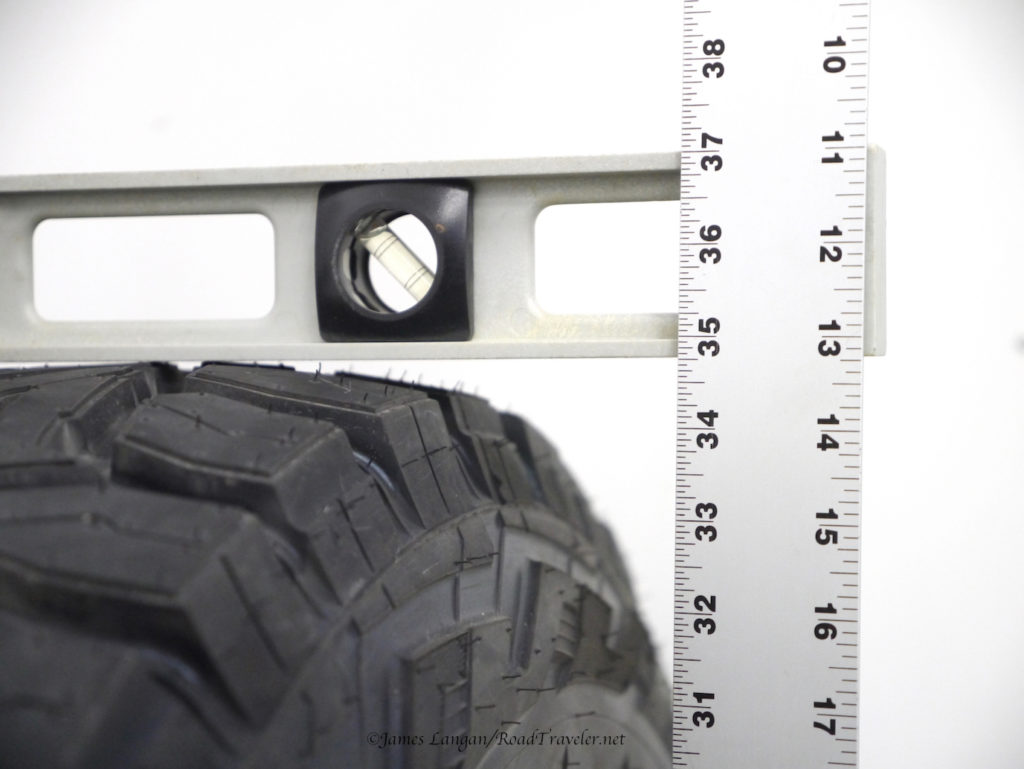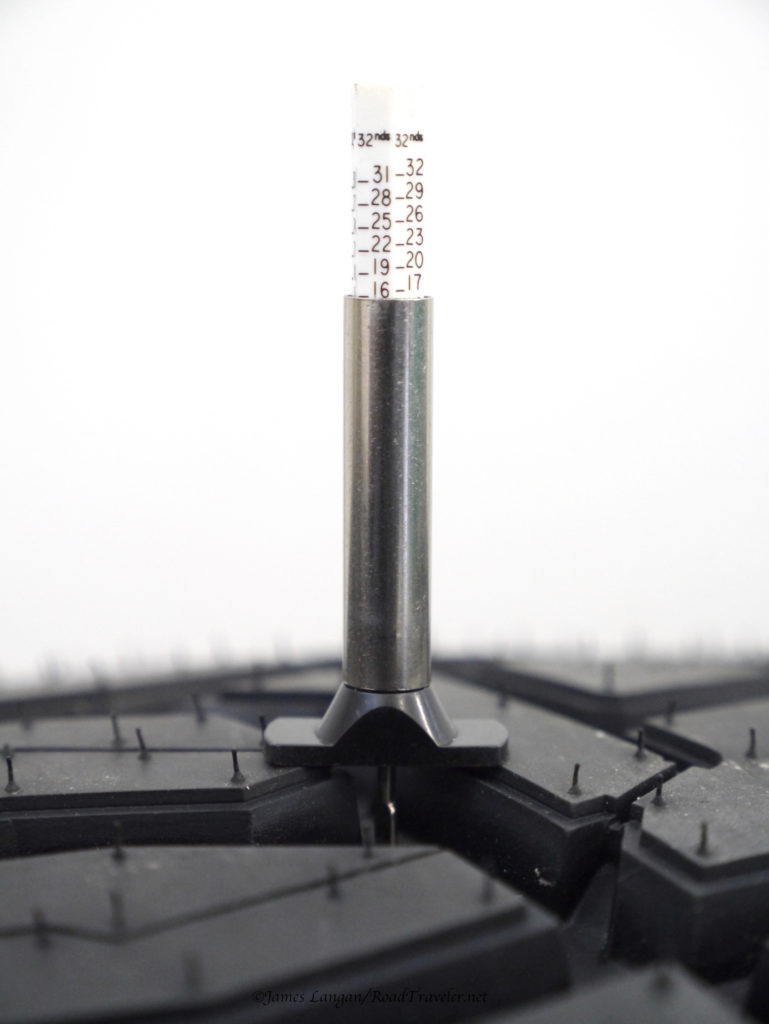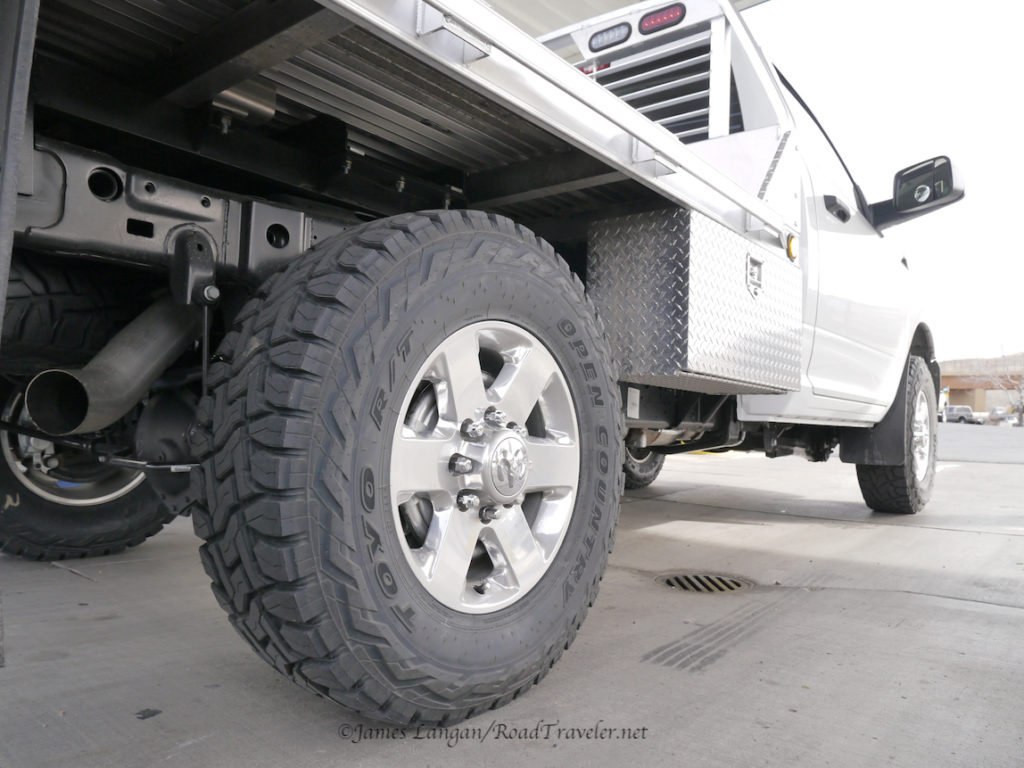Toyo C/T 10,000 mile report
When the Toyo Open Country C/T was initially introduced it was only available in Canada. A few years ago, when that changed, it moved to the top of my must try list. Commercial traction or hybrid designs are my favorite type of tread, and the C/T might be the best, slowest-wearing design I’ve used on any truck in several years; maybe ever.
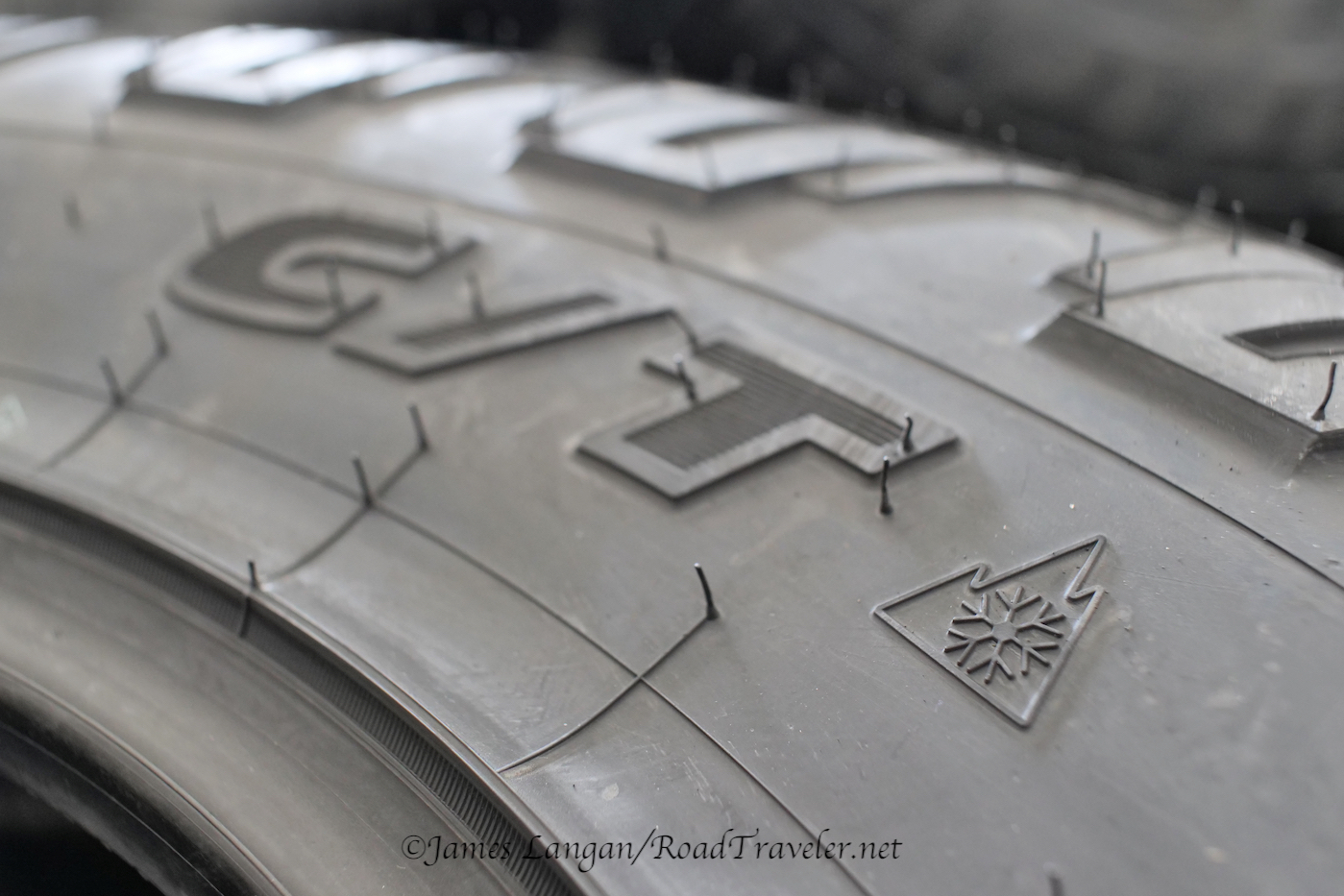
Mount, balance, and tracking
Because the Open Country C/T is an on/off-road commercial-grade tire, there are fewer sizes offered than other Toyos like the Toyo A/ T II. However, there are still six 16-inch, seven 17-inch, five 18-inch, and seven 20-inch sizes available.
For this evaluation I mounted 35×12.50R17 on forged aluminum OEM Ram Power Wagon wheels. They required very little weight to balance, typical for Toyos, and ran smoothly down the highway at all speeds.
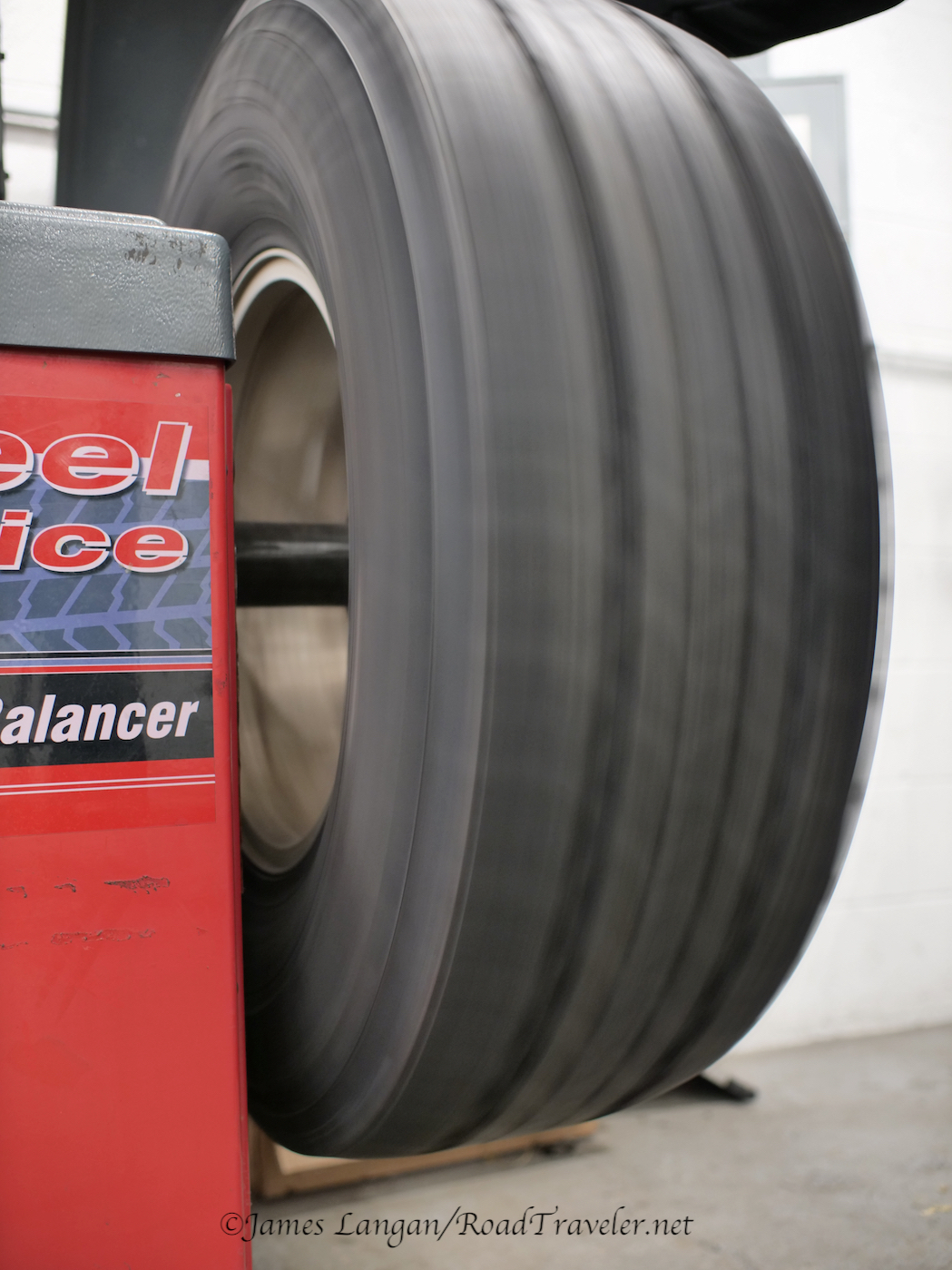
Initially mounted my 2014 crew cab, which has an SPC offset right ball joint to counteract treads that pull to the right, the C/T would drift just slightly to the left after a few seconds with no hands on the steering wheel, depending on the road crown. (To be perfectly clear, this is because of the offset ball joint and caster settings, not a characteristic of the tires, the C/T does not appear to pull right or left, they are neutral.) On the 2017 Ram 2500 regular cab with Hallmark flatbed camper, the C/T track perfectly straight for several seconds on flat roadways. They were a great match for the outfit, and where I decided to keep them for this evaluation.
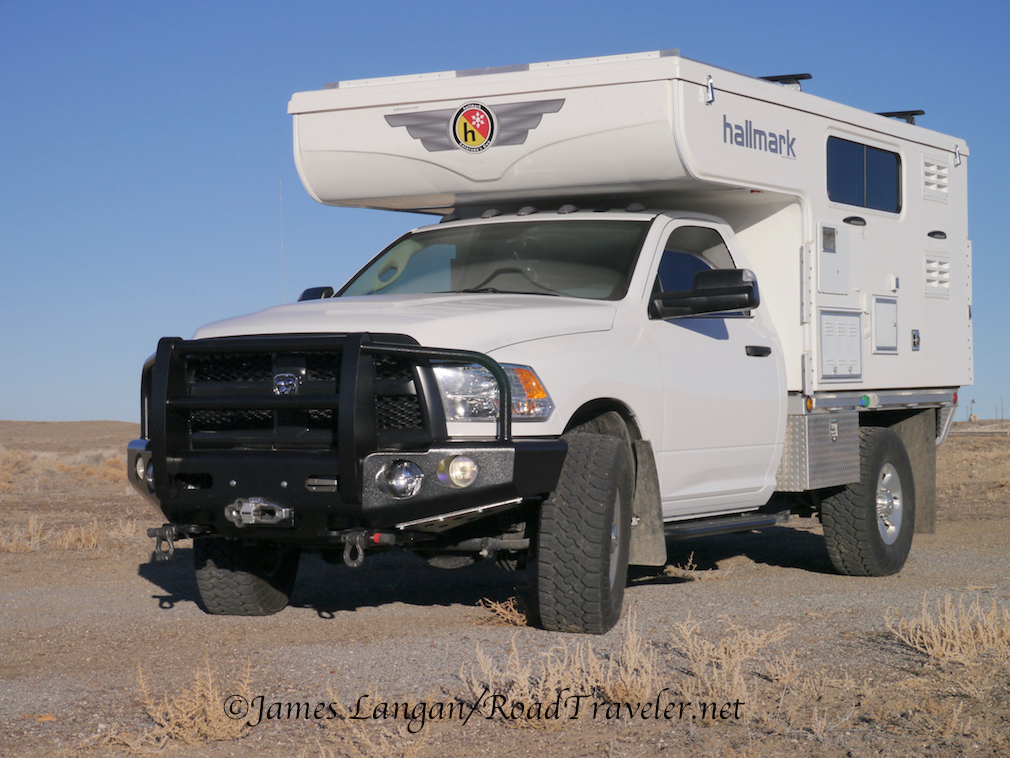
General traction and performance
The C/Ts saw a little of most terrains, including snow, packed dirt, gravel, rock and plenty of pavement. Deep off-highway mud, snow, and deep sand were not experienced; a 10,000-pound camper outfit is less happy on these surfaces, so I only drive on them when necessary. However, with the good void-ratio and siping this tread offers, I’m confident the C/T would perform as well or better than similar commercial-traction designs.
Many modern tires perform well in moderate on-highway or off-highway snow, and this was true with the C/T. However, the mountain snowflake severe winter rating provides extra assurance in wet conditions, and I would pick the C/T over many hybrid or all-terrain designs for winter service. Obviously they are unlikely to perform as well as a dedicated winter tire, but those designs are less versatile on heavily-loaded trucks and rarely offered in larger sizes.
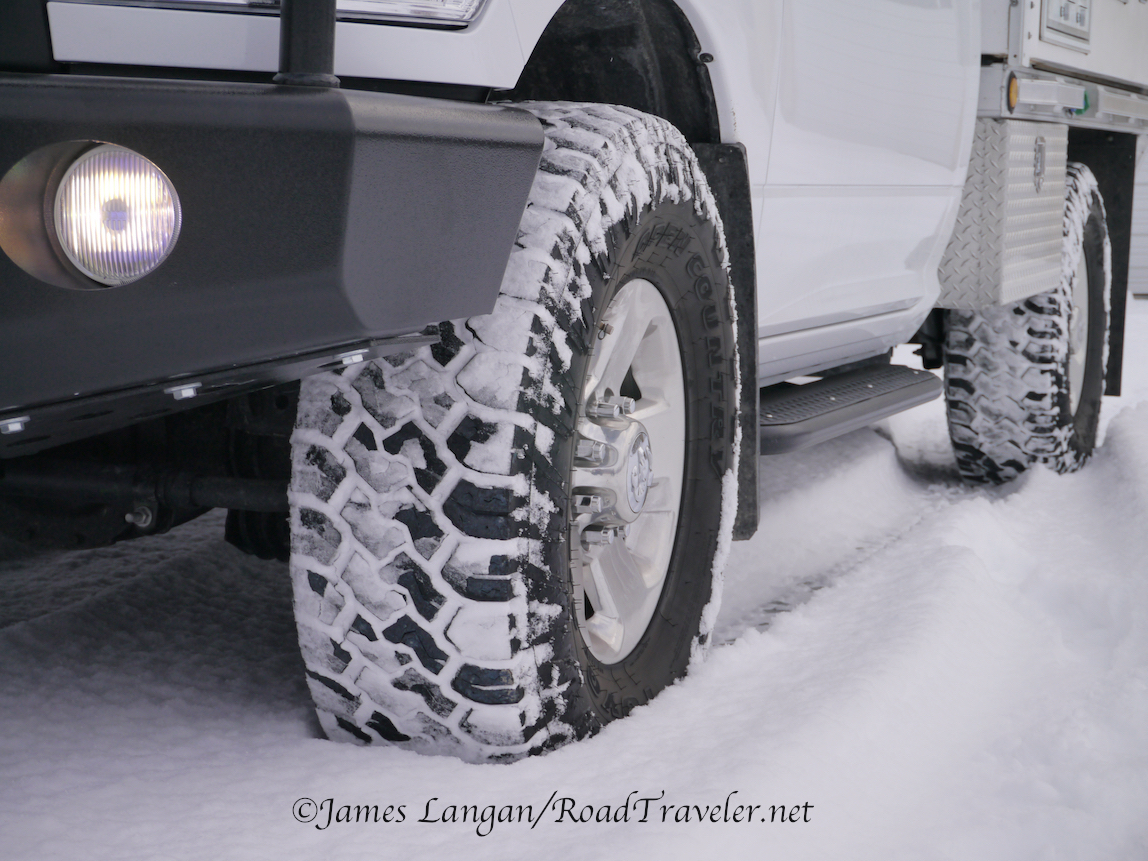
The Open Country C/T is quiet for the void it offers, and no louder than the Toyo R/T or A/T II Xtreme with which I am familiar in similar sizes. I’ve recommended the C/T to many of my readers, including a professional photographer and adventurer who lives in Jackson, Wyoming. He has been impressed with their snow capabilities. Another guy lives full-time in his heavy truck camper and uses them.
Wear close-ups
You can see a small amount the feathering on the outer lug sipes. For nearly 6,000 miles without a rotation, this minor visible wear was impressive and not concerning. Appropriate rotations will true-up the tread.
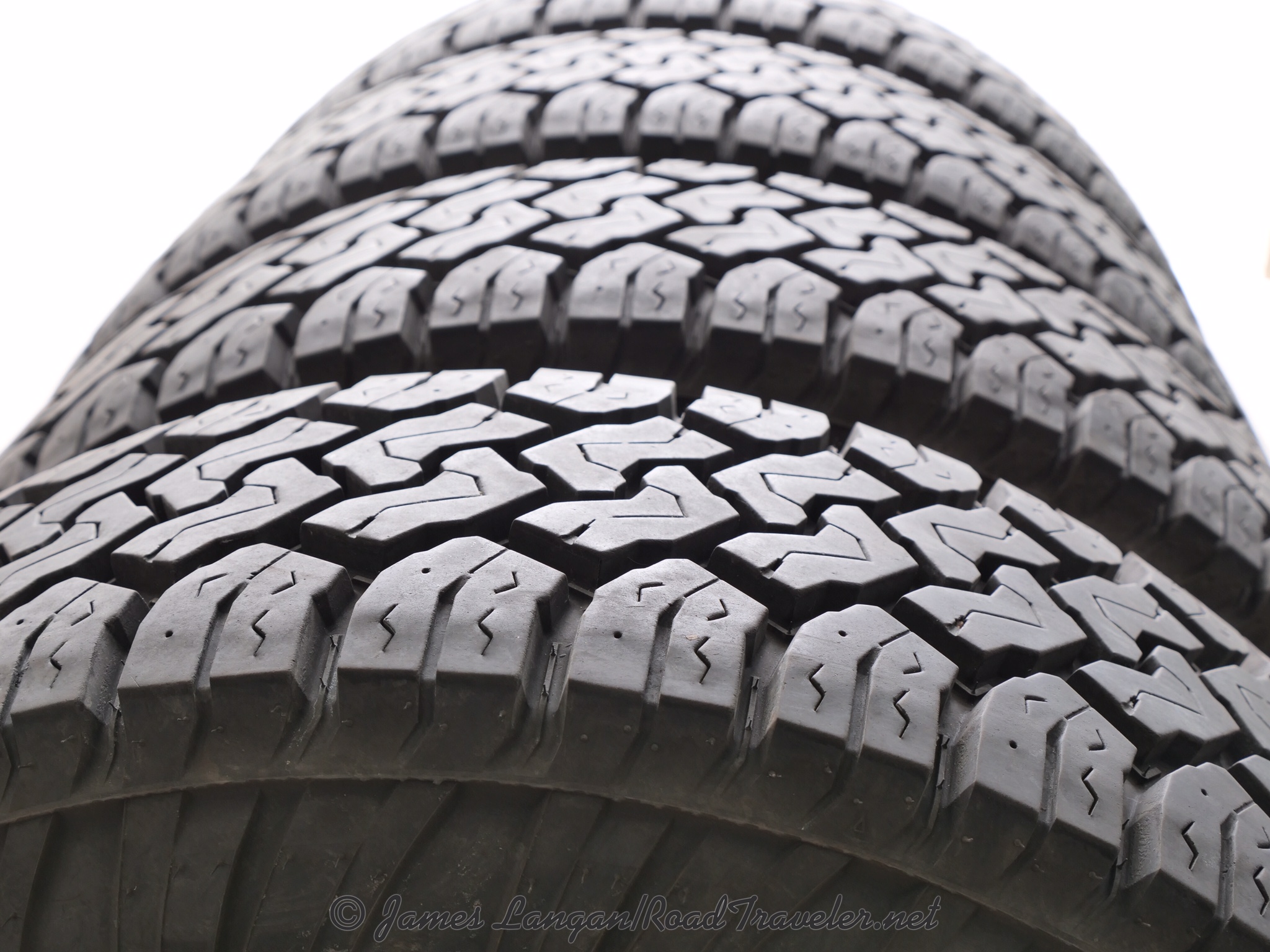
Phenomenal Longevity
As my video assessment and testimonial enthusiastically shares, I am most impressed with the slow rate-of-wear on these Toyo Open Country C/T, better than any other tread in years, maybe ever.
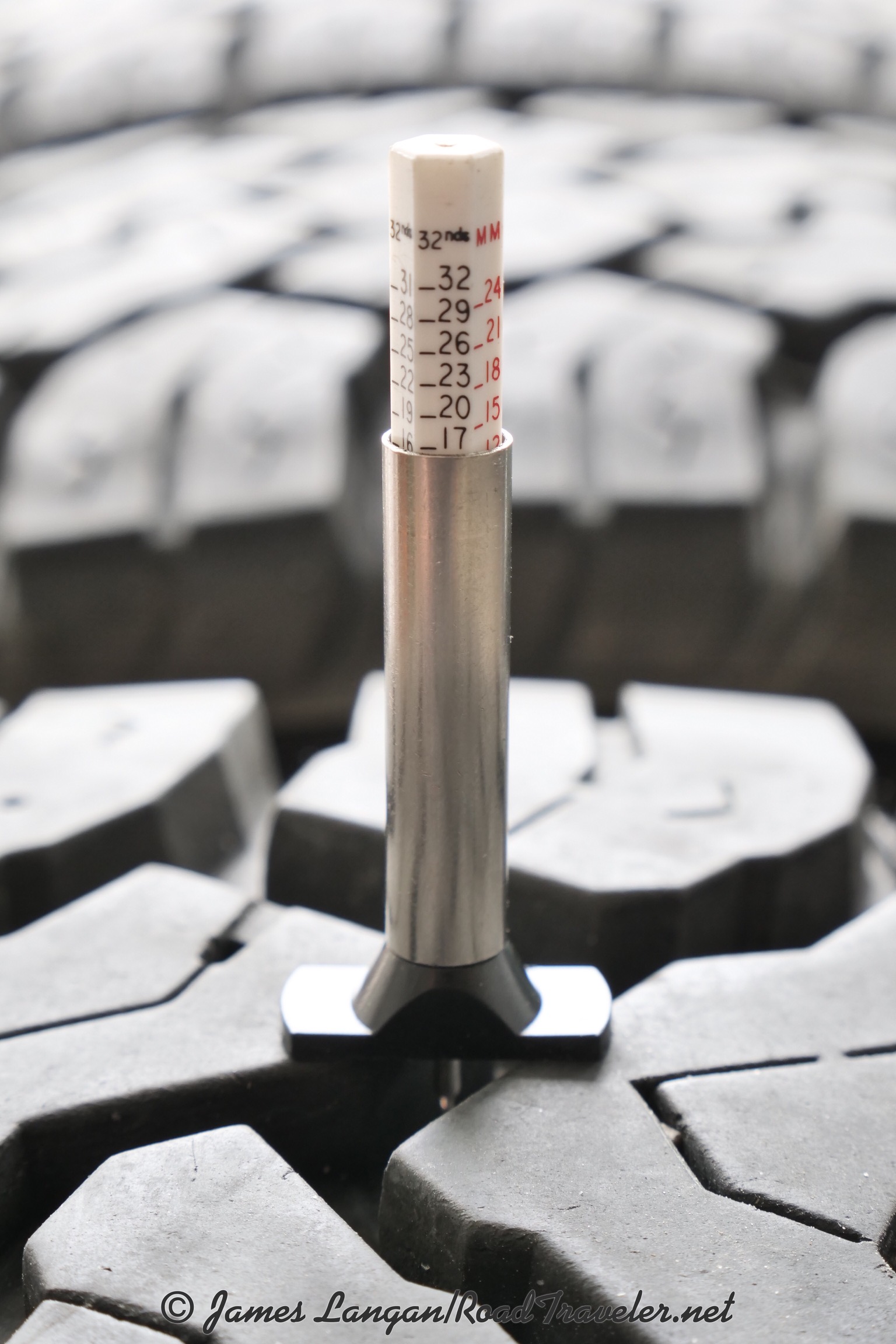
The 4,400 miles per 1/32 of depth is exceptional, particularly for such a heavily-loaded, diesel, truck camper outfit. Was the slow treadwear due to a higher than typical percentage of highway miles? Possibly, although my outfit is not a daily driver and routinely sees many more long-distance travel miles than city driving. Double the mileage of most tires I’ve run on diesel trucks, and still 50-percent more than other standouts is nothing short of phenomenal!
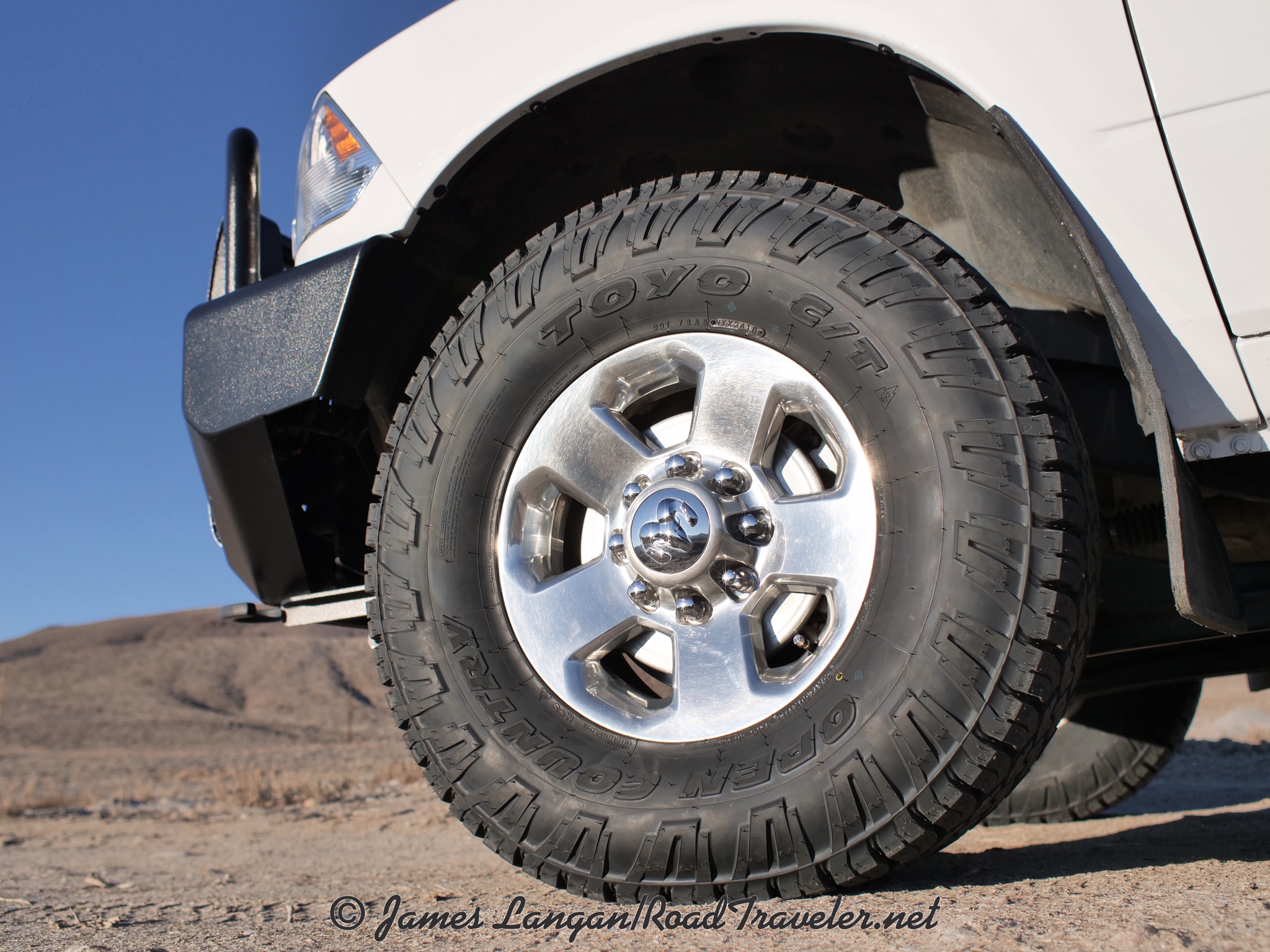
The C/Ts were removed from service only to begin another review, but I’d like to run them again soon, preferably in an 18-inch or 20-inch size with a higher load-index that’s better suited to my heavy camper. The 35×12.50R17 was chosen because I wanted a 35-inch size, and I already had the wheels. At the time I was adamantly against 20-inch tires because the shorter sidewalls offer less flex off-pavement. Though shorter, less flexible sidewalls can be a huge a positive for overall camper stability and handling. My opinion has softened, as long as the tire is tall enough that there’s adequate sidewall.
Tell ‘em you saw it on RoadTraveler.net
James Langan
Copyright James Langan/RoadTraveler. All Rights Reserved
Resource: Toyo Tires
